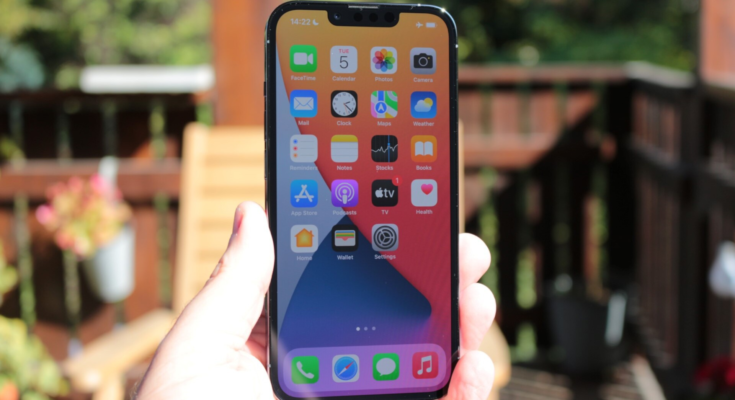
Gary Sims / Android Authority
TL;DR
- Google has criticized Apple’s iMessage lock-in strategy against Android devices.
- The comments come after the WSJ reported on the iPhone and iMessage dominance among US teens.
- The outlet also touched on the green bubble phenomenon among teens.
Apple’s iMessage has acquired a huge following in the US, and one of the strangest trends is the blue bubble/green bubble controversy. Android users gain a green text bubble in iMessage rather than the default blue bubble, as they’re forced to use SMS instead of sending messages via data. This has led to some people, especially teens, mocking Android users who stand out in this way.
Now, Google senior vice-president Hiroshi Lockheimer has criticized Apple for apparently taking advantage of this “peer pressure” and “bullying” around iMessage.
“Apple’s iMessage lock-in is a documented strategy. Using peer pressure and bullying as a way to sell products is disingenuous for a company that has humanity and equity as a core part of its marketing. The standards exist today to fix this,” tweeted Lockheimer.
The Android Twitter account also took issue with “bullying” around Apple’s iMessage, saying that a solution already exists.

Google and Lockheimer’s comments come in reaction to a Wall Street Journal article on the iPhone’s dominance among teens. The outlet also reported that Android-using teens and college students were feeling social pressure for being a green text bubble in iMessage.
Furthermore, the article quotes a 2013 email from Apple’s Craig Federighi, in which he presents his opposition to an internal suggestion to bring iMessage to Android.
“In the absence of a strategy to become the primary messaging service for (the) bulk of cell phone users, I am concerned the iMessage on Android would simply serve to remove (an) obstacle to iPhone families giving their kids Android phones,” Federighi noted.
A solution for Android users?
The third-class handling of Android users in iMessage doesn’t merely extend to a green text bubble, but also means that many features are hobbled for that user. Apple’s messaging platform falls back to archaic SMS for Android users, which doesn’t rely on data connectivity and offers a poor experience.
One solution, hinted at by both Lockheimer and Google, is for Apple to adopt the RCS standard for texting. This routes texts via data, while also enabling higher-quality multimedia sharing, read receipts, typing indicators, location functionality, VoIP and video call features, and more. Google’s take on RCS also brings end-to-end encryption to the table. RCS hasn’t enjoyed the smoothest release though, with carrier support, in particular, being a major initial hurdle.
What should Apple do with iMessage and Android?
512 votes
Another potential solution is for Apple to bring iMessage to Android. But Apple seemingly thinks it could lose out on iPhone sales by taking this route, at least if Federighi’s email reflects the company’s current position. The company has also released a web-based version of Facetime for Android and PC users though. So a web-based version of iMessage is also a theoretical possibility, although it’ll likely be missing some features too.
What do you think Apple should do regarding iMessage and Android users? Let us know via the poll above.



